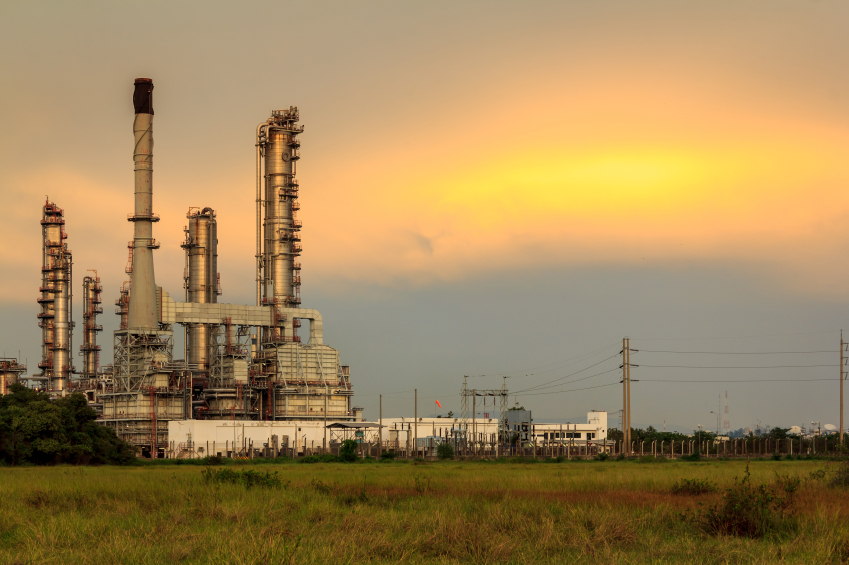For a state that holds itself out as a leader in climate and clean energy policy, fighting for clean energy solutions in California can be surprisingly difficult. Nowhere is this more true than in the aftermath of last year’s decision by the California Public Utilities Commission (CPUC) on replacement needs following the retirement of the San Onofre Nuclear Generating Station. In the case of San Diego, the decision authorized San Diego Gas & Electric (SDG&E) to replace the shuttered plant with at least 200 megawatts (MW) from clean energy resources and between 300-600 MW from “any resource,” which could include gas or clean energy. With regard to 300-600 MW of energy need, the decision required SDG&E to issue an all-source request for offers (RFO) – a procurement process that accepts and evaluates bids from all energy types – to meet some or all of this need. SDG&E was also directed to follow state policy that requires feasible and cost-effective clean energy resources be considered before resorting to gas.
To date, SDG&E’s procurement process has made a mockery of these requirements. Rather than allow competition like Southern California Edison did to meet its identified needs, SDG&E did not issue its all-source RFO until after it filed an application to the CPUC for approval of a privately negotiated contract for the proposed 600 MW Carlsbad gas plant. The Carlsbad contract has not been subject to any type of competitive market test and if it were approved, would fill the entirety of SDG&E’s 300-600 MW any-resource authorization prior to an evaluation of the opportunities for clean energy to meet some or all of this need. (In this case, the RFO would then only be used to meet the 200 MW reserved for clean energy).
SDG&E’s effort to muscle through the Carlsbad contract prior to a review of competitive bids is a slap in the face to the many resource providers ready and eager for the opportunity to fully compete to meet San Diego’s energy needs. If the plan goes through, SDG&E’s customers will be saddled with a sweetheart deal, and state clean energy and climate objectives will be compromised by a long-term commitment to new fossil fuel generation in lieu of carbon-free alternatives. From information the Sierra Club fought to make public, we now know that 14,494 MW of resources have bid into SDG&E’s RFO – indicating the enormous potential for alternative solutions.
While it should be obvious that customers and the environment benefit from allowing competition for SDG&E’s any resource authorization, the CPUC has so far been markedly acquiescent to SDG&E’s proposal. The CPUC’s Energy Division rubberstamped SDG&E’s plan in the face of strong opposition by environmental and ratepayer advocates. Then, at an initial hearing on the Carlsbad application, the Assigned Commissioner suggested that attempting to protest the application would be a waste of time.[i]
Competition and prioritization of clean energy is clearly in the public interest. The pending decision on Carlsbad provides the Commission with an opportunity to restore public trust after months of damaging revelations of backroom deal-making, most recently culminating in the seizure of the former Commission President’s laptop by state investigators. With briefing on Carlsbad completed and a decision imminent, will the CPUC finally give clean energy a chance to compete against Carlsbad?
[i] CPUC, A.14-07-009, Prehearing Conference (Sept. 3, 2014), at 64 (Commissioner Florio stating “if I were an intervenor trying to decide how to allocate scarce resources, I would not allocate them to this proceeding.”).
- Matt Vespa, Senior Attorney, Sierra Club Environmental Law Program
